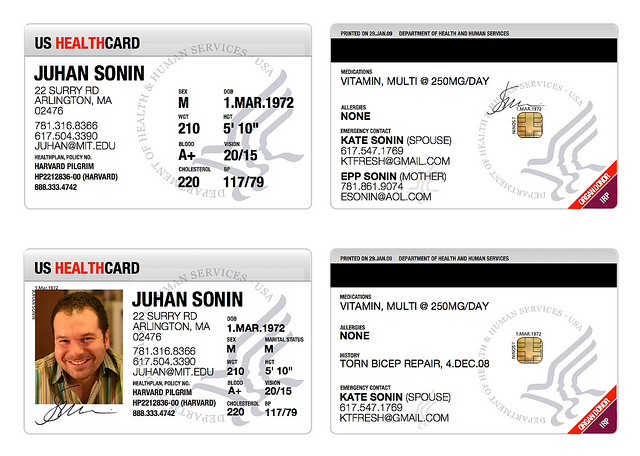With India, Egypt and other nations engaging in ambitious programs to provide their entire population with effective IDs, many are asking the question, what has made these programs attractive today? In fact, the development of effective biometric and electronic ID cards has made creating and maintaining a national ID database easier than ever before.

National ID databases—Why?
The 21st century poses growing challenges to developing nations, and one of the greatest is how to effectively handle social welfare programs and create ID systems that are useful, fraud resistant and economical to implement. This is extremely important in nations such as India and Egypt, where effective ID systems are vital to long-term economic development projects.
In order to spur economic development, it has become vital that these nations establish national databases that can be used for a variety of purposes ranging from public welfare to assisting private transactions. Additionally, they must be resistant to fraud and cost efficient in implementation.
Biometric and Electronic ID Cards
The use of biometric and electronic ID cards, coupled with secure data management systems has paved the way for the successful use of this new technology. The Indian ID card makes use of three forms of biometric ID, using impressions of the retina, facial structure and fingerprints to create a card that is almost impossible to counterfeit. By adding a photo of the holder to the surface of every card, theft is rendered nearly impossible.
More importantly, these cards allow for the dramatic streamlining of government programs. India is currently utilizing the cards to provide welfare payments, authorization for the use of government facilities, and school ID purposes, all without having to utilize separate ID systems, making them extremely efficient. Egypt and Indonesia are intending to utilize their ID programs for similar purposes. Eventually, these cards may replace inefficient cash currencies.
Implementing ID Card Programs
Implementing an effective ID card system can be difficult, especially for nations that are dealing with large populations and small budgets. However, India’s progress shows that it is entirely possible to create an effective domestic ID card program. The Unique Identification Authority of India (UIDAI) is an example of how a national government can effectively implement a domestic ID program.
Other nations have chosen to outsource their card development. Egypt’s partnership with Estonia demonstrates the effectiveness of working with nations that have experience at transitioning to an electronic ID card based system.
The rise of ID cards based systems is unlikely to cease, given the advantages to these systems. Egypt, India and Indonesia may simply be the first of many nations to take advantages of these systems.
Image by juhansonin and licensed through Creative Commons.
Rebecca Fischer is a sales rep at CardPrinter.com, an e-store carrying the full line of Zebra Technology identification products like the Zebra ZXP Series 3 Card Printer, to learn more click here: http://www.cardprinter.com/products/zebra-zxp-series-3-card-printer.

